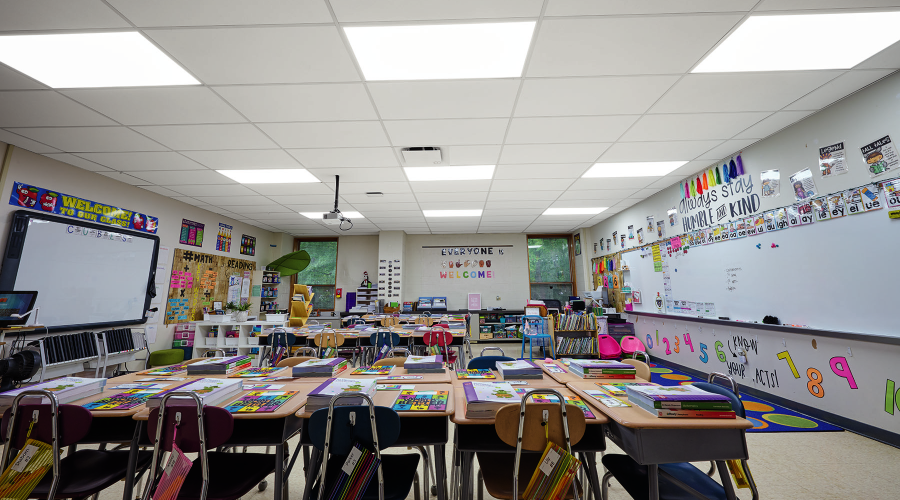Green Renovations: Best Practices for Preserving IAQ
IAQ is an effect of restoration projects that frequently does not receive enough attention. Managers can minimize the adverse impacts of restoration work on building occupants and the broader indoor environment through product selection and project implementation that follow best practices.
Some of the most important best practices for preserving IAQ during renovations reduce pollutant emissions, contain particulates and increase housekeeping activities. In general, when specifying paints, adhesives, and sealants, managers should select low-emitting options.
Also, properly adjusting HVAC systems and using adequate filtration media — a minimum efficiency reporting value (MERV) of at least 8 — can reduce the amount of dust and odors that circulate throughout the building during the renovation work. Managers also should make sure barriers appropriate for the nature of the work can adequately contain the construction area.
Managers also should identify specific, regular housekeeping measures performed in and around the construction area and establish those measures as integral parts of the project.
Project scheduling also affects IAQ. Managers must ensure workers allow wet materials to dry before installing porous materials to prevent absorption of contaminants. Also, for major renovation projects, workers should complete a flush-out — a 48-hour period of continuous ventilation — before allowing occupants to return the work area.
Related Topics:














